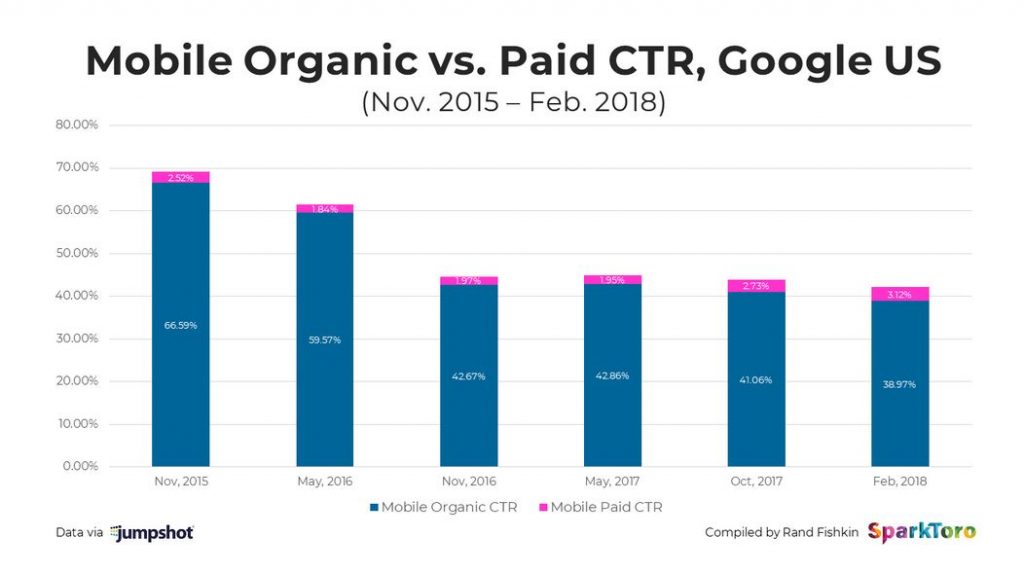It comes to something when Brian Dean (aka Backlinko) relegates links to almost an afterthought of his review of what will be needed for SEO in 2019.
Don’t get me wrong.
He’s at pains to stress that ‘Google recently came out and said that content and links are [still] their #1 and #2 ranking factors’.
But he’s also aching to let you know that there are new factors and tactics that can really give you the SEO edge.
In fact, it could be said that for SEO in 2019 links, important as they are, are increasingly an a priori SEO assumption.
They are simply a given.
You need them – but they’re no longer ‘black hat’ or ‘white hat’ as much as they are ‘old hat’.
So, what SEO headwear should you be donning in 2019 to be ‘top hat’?
Stick around – I’m about to break this down.
Why SEO in 2019 is different
This post unashamedly takes Brian Dean’s (never-less-than) comprehensive review of the changing search landscape and boils it down into the key takeaways and essential resources for you.
If you want the full story do check out the original hints and tips in all their encyclopedic glory.
But, if you just want the essential low-down on ranking high in 2019 then don’t click that link – stay locked-in here for your keys to search success.
And if you’re truly playing catch up then start with the basics before you try to apply the latest. You can get an overview courtesy of my Fast-Track (take your pick: blog series or eBook).
Here’s what’s changed for SEO in 2019:
1/ The Irresistible Rise of RankBrain and the Strenth of UX Signals
2/ The Usurping SERP and the Centrality of Search Clickthrough
3/ The Featured Snippet and Placing Yourself a Cut Above
4/ LSI and the Continued Conquest of Comprehensive, In-Depth Content
5/ Lasting Gains from Optimising for Google’s Mobile-First Index
6/ How Video is Killing the Old-school SERP Star
7/ Making sure you are OK with Google’s Voice Search
And here’s what you should be doing for SEO in 2019…

1/ The Irresistible Rise of RankBrain and the Strenth of UX Signals
RankBrain is Google’s machine learning applied to gaining insight into how users behave when they search.
Here’s the thing:
It’s not all about getting the clicks… it’s also about getting the sticks.
What Google is looking for are results that get clicked and that people stick around on (or ‘dwell time’). And it will reward (by ranking higher) results that achieve this and downplay results that don’t.
Some resources you’ll need to optimise for RankBrain in 2019:
1. This guide to all things RankBrain.
2. This video about boosting your page’s dwell time.
3. This infographic about boosting your SERP clickthrough rate.
4. This handy way to tweak Google Analytics for more accurate ‘dwell time’ reporting.
2/ The Usurping SERP and the Centrality of Search Clickthrough
Honey, Google has shrunk its organic clicks:
The chart above shows how organic CTR on mobile search is down 41.4% since 2015.
Where has it gone?
Well, try these factors for starters: paid ads, featured snippets, voice search answers and knowledge graph carousels for a start.
SERPs have changed – and not in organic clickthrough’s favour.
In 2019 making sure you secure clickthrough is vital not just because of RankBrain but because of the sheer volume of competition you face.
And this competition is coming from other search features as well as other organic listings.
Try this handy resource to get those clickthroughs in 2019:
- Start using the ‘Click Magnet Method‘ today.
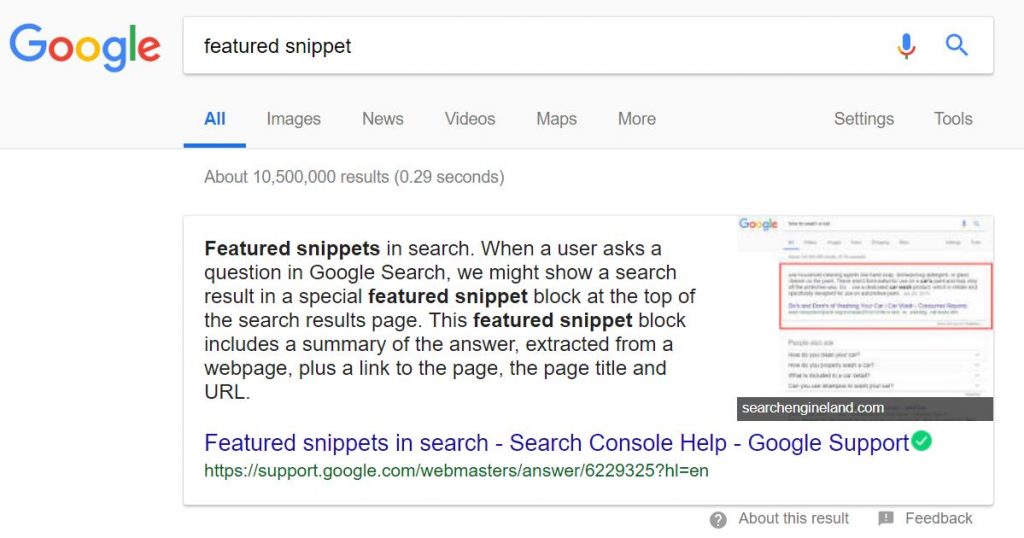
3/ The Featured Snippet and Placing Yourself a Cut Above
According to SEMrush, 11.3% of all search results now have a featured snippet.
As we’ve seen these snippets are just one factor stealing clicks from the #1 spot (and the #2, #3, #4 etc.).
But they are a very significant factor.
To make that featured snippet yours you can use Ahrefs ‘Organic keywords’ report to find keywords you already rank for that contain a featured snippet.
And then you can start optimising this page to make the snippet yours.
When SEMrush analysed millions of snippets they found that they are usually 40- 60 words long.
So, you should create your own ‘snippet bait’ on your page that is about 40 words long. (HubSpot even places a ‘look at me Google’ border around theirs).
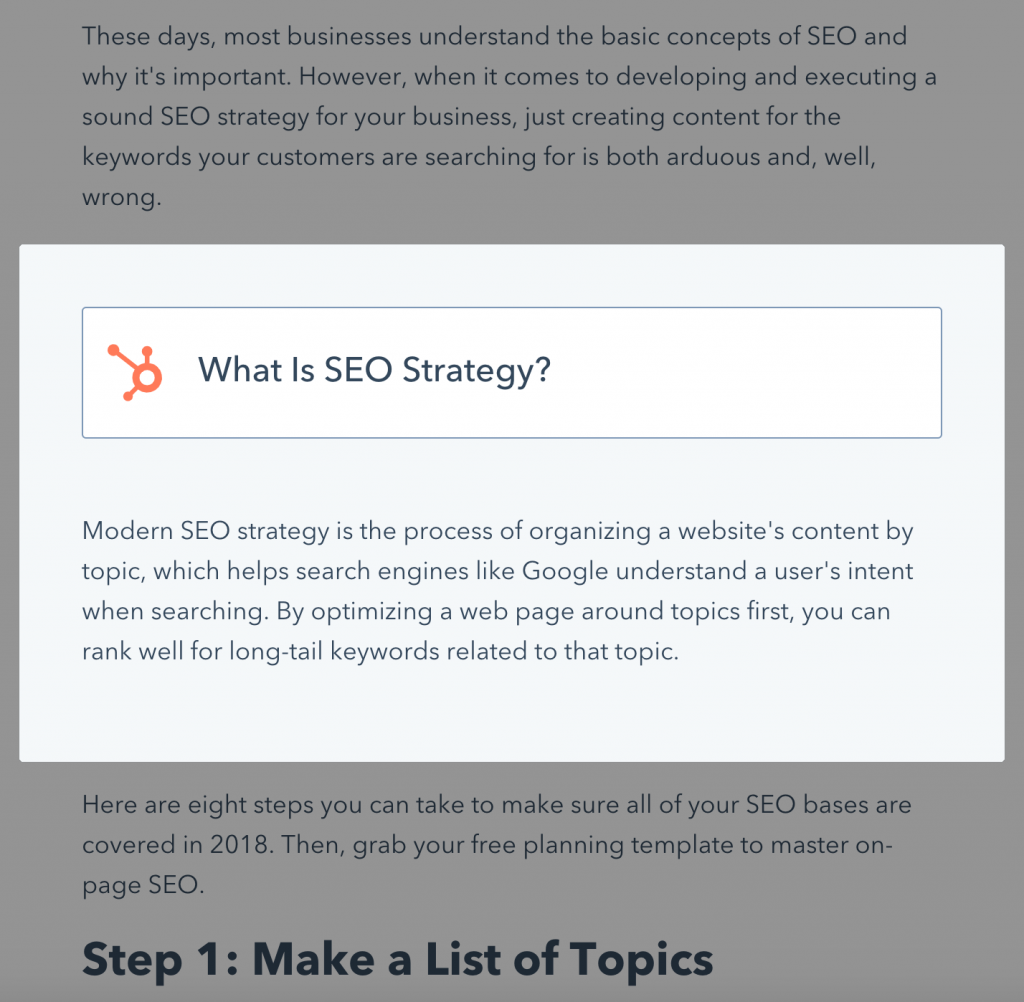
Find out more about making your ‘snippet bait’ a cut above:

4/ LSI and the Continued Conquest of Comprehensive, In-Depth Content
Google increasingly concentrates not just on content but on context. And the best way to get this context is to publish in-depth content.
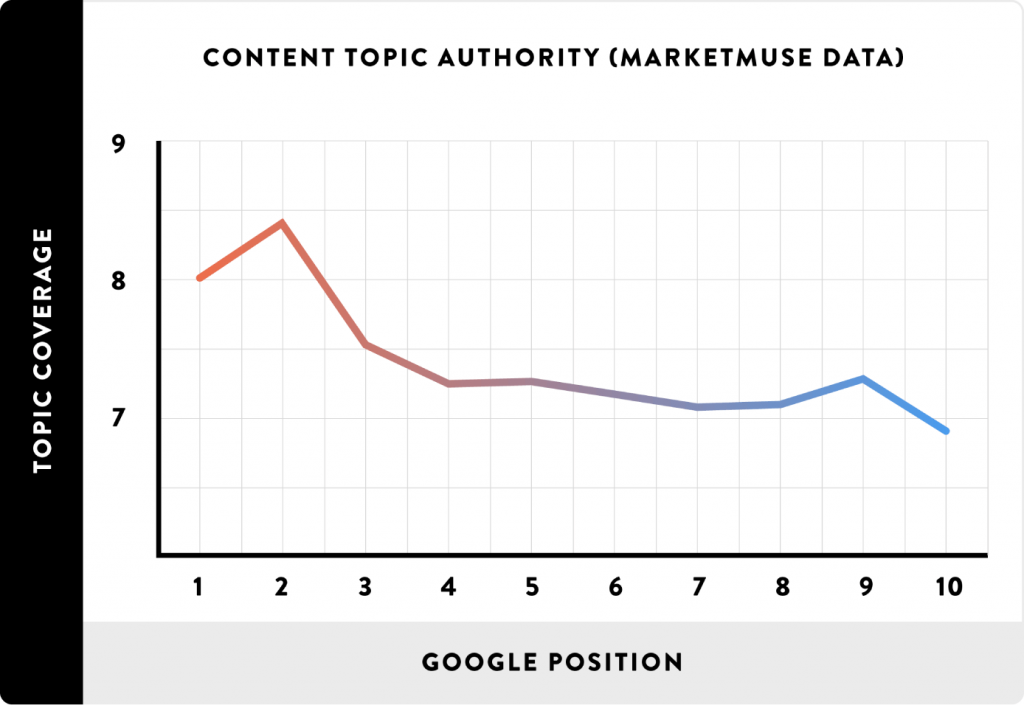
Having studied the content that is bucking the trend for diminishing returns, BuzzSumo founder Steve Rayon concluded:
“The majority of content gets zero backlinks but authoritative research and reference content continues to gain links. In particular, authoritative evergreen content consistently gains shares and links over time.”
This turn to context also favours using LSI (Latent Semantic Indexing) keywords to ground your content.
LSI keywords are words and phrases that are strongly associated with your page’s topic. And you’ll find three tactics to find LSI keywords, quickly and easily below – but the best by far is this free LSI Graph tool.

Here are the resources you need to understand the turn to context and to use LSI in your SEO:
1. See how Buzz Sumo’s research suggests that in-depth content is bucking the trend of diminishing social shares for posts
2. Three ways to find LSI associated terms for any keyword

5/ Lasting Gains from Optimising for Google’s Mobile-First Index
In 2018 the SEO game shifted.
We’ve all known that around 60% of searches are now mobile searches, but in 2018 Google started pinging website owners with the news that ‘Mobile-first indexing was now enabled’.
What does this mean?
It means that Google now considers the mobile version of your site as the ‘real’ version. And it will use its assessment of this uber-site to inform its judgement even if a user is searching from a desktop.
Three ways to optimise for mobile-first indexing:
1. Make sure your content is consistent for desktop and mobile.
(e.g. Stop hiding content behind drop downs)
2. Switch from m. to responsive.
(Even if you do so only because the Big G tells you to)
3. Review – no, make that thoroughly scrutinise – your UX on mobile.
(Remember RankBrain?)
And two great starting places:
1. Google’s Mobile-Friendly Test should point you in the right direction know if your site is mobile-friendly.
2. Meanwhile the Mobile Usability report in Google Search Console can also highlight quick wins.

6/ How Video is Killing the Old-School SERP Star
- Cisco tells us that online video will make up 80% of all online traffic by 2021.
- HubSpot finds that 43% of people want to see more video content.
- And JumpShot reckon that YouTube is the world’s 2nd largest search engine
(placing it at double the popularity of Bing).
- The Huffington Post charts the year-on-year growth of YouTube at a staggering 60%.
Increasingly people search out video content online.
And they will do so even more in 2019. They will skip Google as a middle-man in the process and go straight to YouTube for their searches.
But, even if they don’t, mining YouTube for traffic in 2019 will offer you a double whammy: when you publish SEO-optimised videos on YouTube you are likely to also rank on Google because 55% of all Google SERPs contain at least one video.
And who owns YouTube?
Google.
You can see the way the wind is blowing – in fact, it’s a perfect storm:
- Publish on YouTube = Traffic
- Get featured in SERPs = Traffic
- Embed video into your text-based blogs: Dwell Time = Higher Ranking = Traffic

All you need to know to optimise for YouTube:
- Plenty of practical advice for jumping on YouTube’s great leap forward
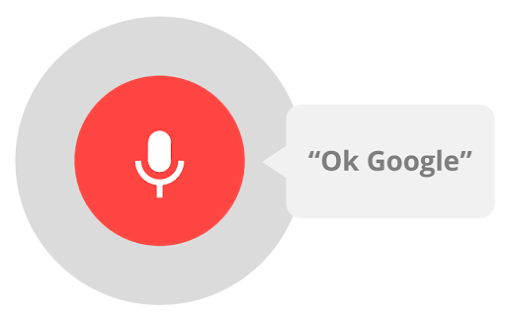
7/ Making sure you are OK with Google’s Voice Search
A lot of hype (and tripe) has been published about how voice search is going to be the next big thing.
But it’s hard to ignore the fact that voice is getting a louder and louder presence in the search landscape.
- 41% of us make at least one voice search every day
- Google voice searches are up 3500% since 2008
- Voice accounts for 20% of all mobile searches
Here are three ways to make sure you are OK with Google’s voice search:
- You need to rank in the top three results.
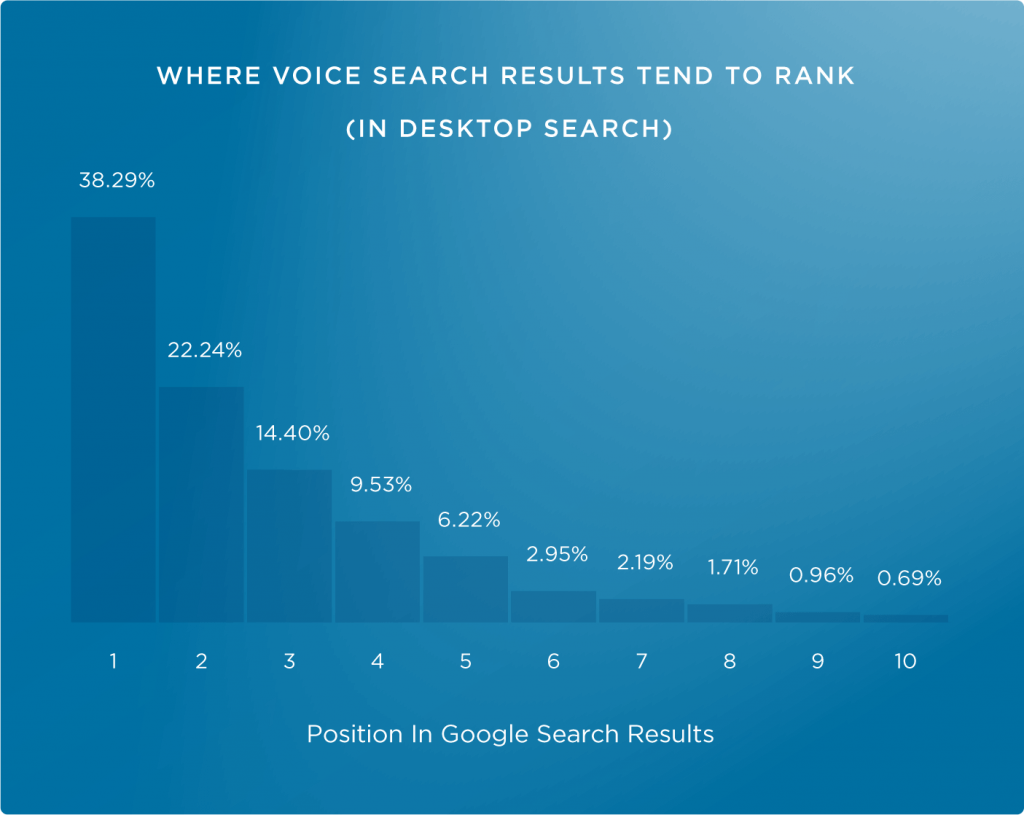
- Having a featured snippet gives you a real boost.
(4 out of 10 voice search results come directly from from featured snippets.)
- Using a Q&A format in your content also helps.
(Google usually picks a page that contains both the question and the answer).

So, there you have it.
The essential headwear for ‘white’ and ‘top’ hat SEO in 2019 – but don’t also forget those ‘old hat’ links.
Brian Dean goes on to give a few more super-handy tips – but I just love this one.
Let’s make 2019 the year we prune our zombie pages.
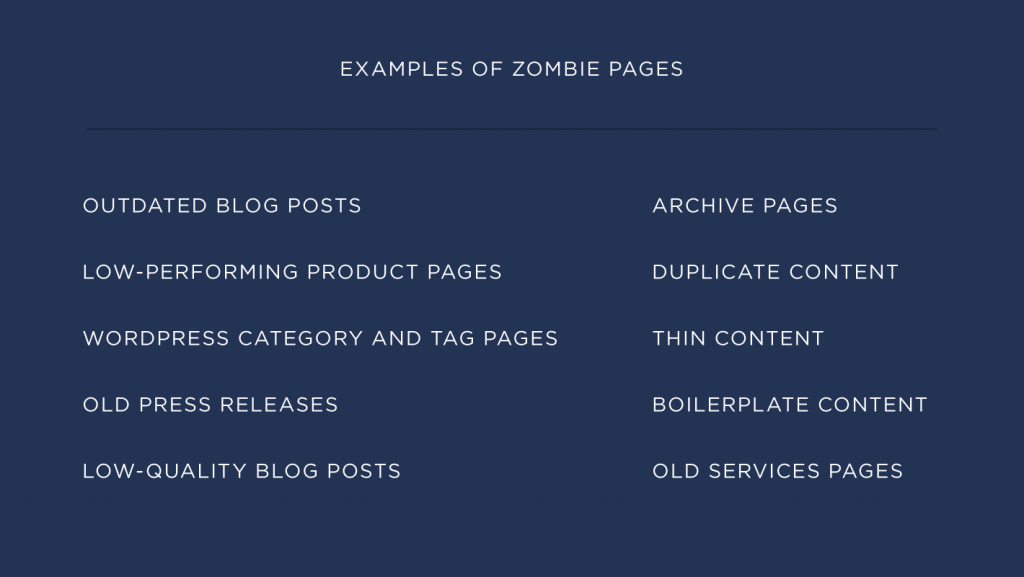
Not got a clue what I’m on about?
Check out the sauce (source).
Looking for more essential SEO tips?


